A short history of autonomous LLM agents
About
This post provides an overview of emerging research on LLM-powered autonomous agents, which combine Large Language Model reasoning with complementary components like planning and memory to effectively perform complex real-world tasks, serving as AI assistants that augment human capabilities.
Background
- The goal of autonomous LLM agents is to create AI systems that can effectively perform complex, real-world tasks.
- In LLM-powered autonomous agents, the LLM acts as the agent’s “brain” complemented by other key components like planning, memory and tools.
- Planning involves task decomposition into manageable subgoals and reflection to refine actions.
- Memory includes short-term (in-context learning aka the prompt) and long-term (text retrieved from vector stores) to retain information (eg. what actions have I taken, what subgoals do I have left, what information do i have access to)
- Tool use allows accessing external information missing from the LLM’s weights like APIs, code execution, and proprietary data.
- While this is still an exploratory space, and the hype of past projects like AutoGPT have already come-and-gone, projects like MetaGPT and ChemCrow demonstrate real potential for autonomous agents to take on complex, real-world problems.
- Projecting into the future, imagine:
- Autonomous agents helping analysts build financial reports by retrieving relevant data, generating visualizations, and drafting narratives
- Agents assisting customer service teams by quickly accessing account information, determining solutions, and directly interacting with customers
- Agents performing audits by gathering data from multiple systems, identifying anomalies, and compiling results into reports
- Agents acting as research assistants that rapidly synthesize findings from papers, datasets, and experiments into summary briefings
Examples
HuggingGPT (May 2023)
- HuggingGPT uses a central LLM to coordinate and connect specialized deep learning models together to solve complex AI tasks. The LLM serves as the “brain” that plans how to solve problems.
- It leverages few-shot learning and instruction prompting (aka prompts with examples), to get the LLM to decompose problems, select relevant models, execute models, and generate responses.
- To select models, it ranks them by downloads on HuggingFace then provides the top options to the LLM. The LLM decomposes the problem into executable steps for the models.
- Models with dependencies wait for required outputs from other models before executing. Independent models execute in parallel for faster performance.
- Success largely depends on problem decomposition and generated DAG plan.
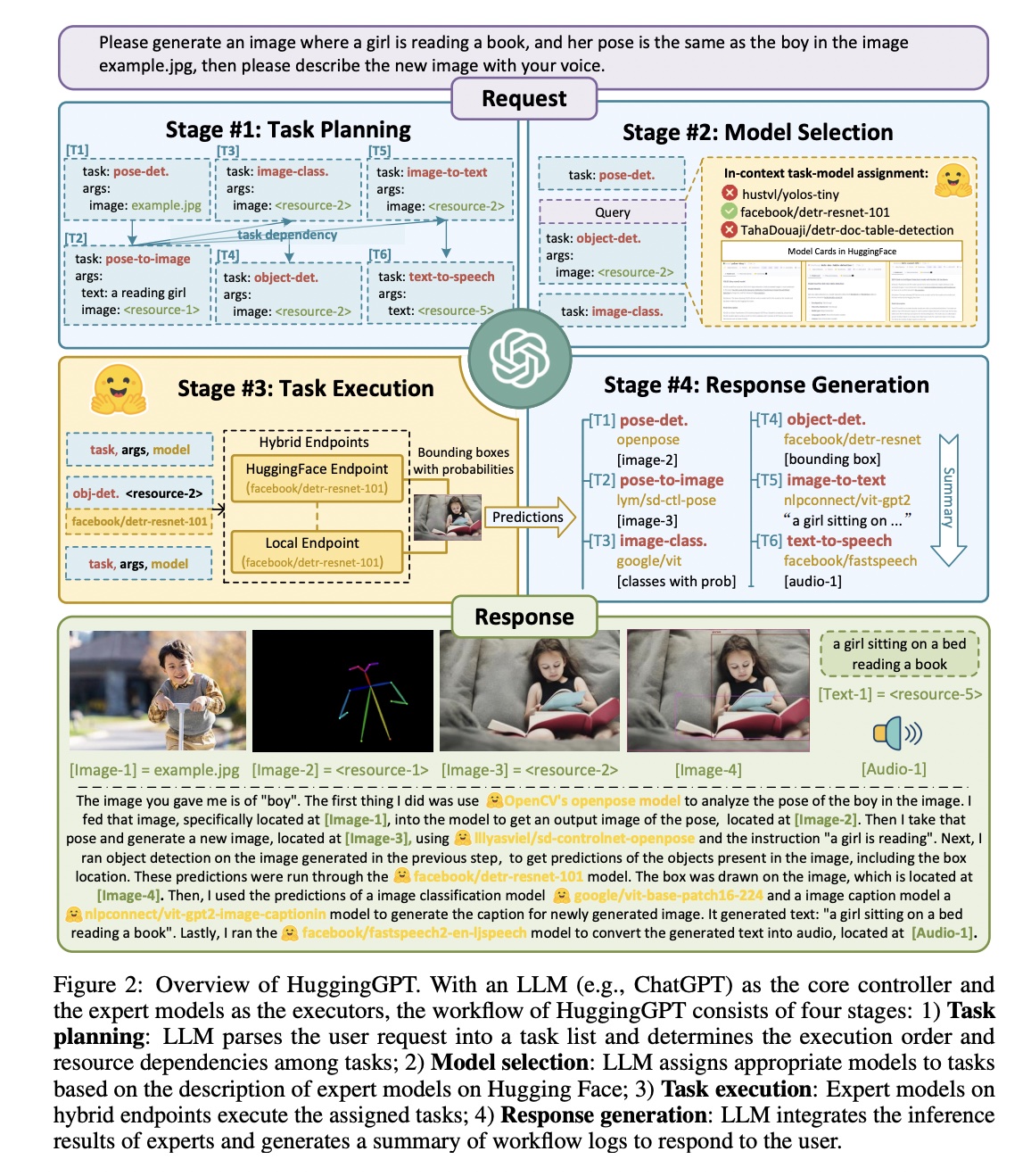
Gorilla (May 2023)
- Gorilla is an LLM fine-tuned to leverage 1,600+ model APIs.
- Gorilla was fine-tuned on a dataset of valid API calls generated for PyTorch, TensorFlow, and HuggingFace hubs.
- During fine-tuning, the LLM learns to use the latest up-to-date API documents to make proper calls.
- When tasked with instructions, it will retrieve the most relevant API documentation (via a vector database) before making the call.
- Combined, this allows Gorilla to be effective even when APIs change + reduces hallucinated / incorrect API calls.
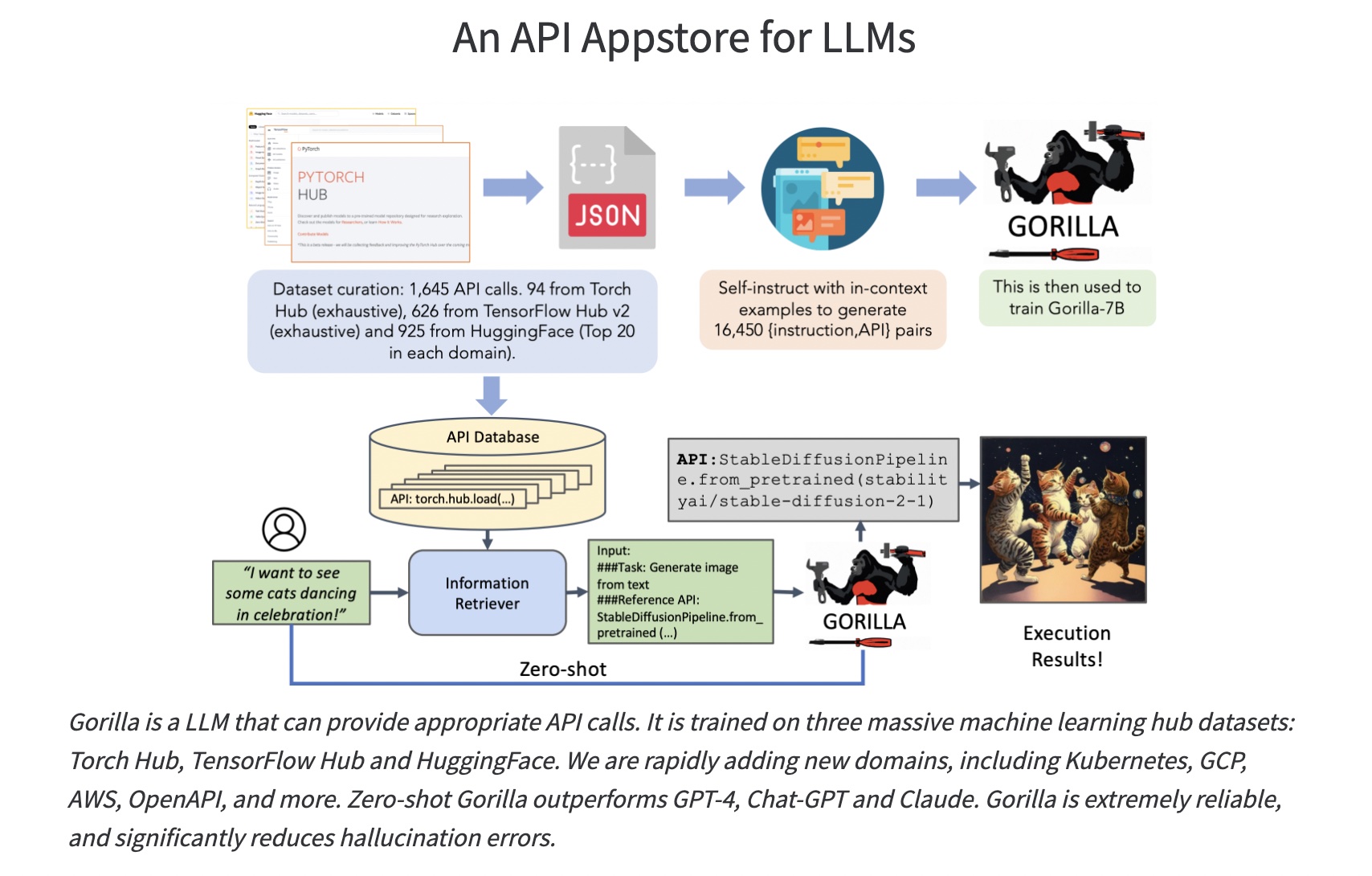
[Image: image.png]
ChemCrow (June 2023)
- ChemCrow is an LLM with access to 17 expert chemistry tools such as web search, literature search, a python REPL, and molecule specific tools.
- It uses a workflow prompting the LLM to reason, request tools, provide inputs, and observe outputs.
- ChemCrow was able to successfuly plan the synthesis of an insect repellent, three organocatalysts, and other relevant molecules.
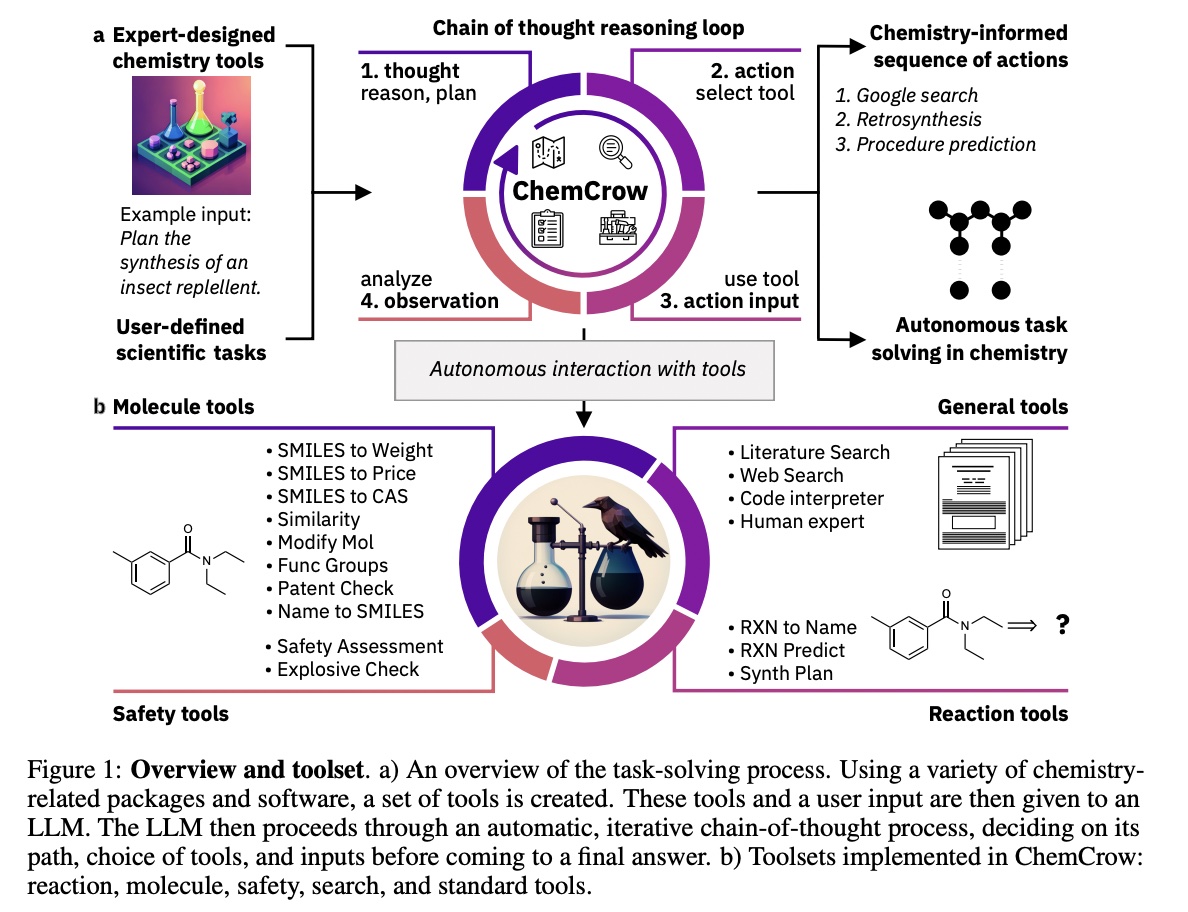
MetaGPT (Aug 2023)
- MetaGPT is a framework for solving complex problems by assigning different LLM agents specific roles (Product Manager, Architect, Engineer, etc).
- Assigning agents roles 1) guides the behavior of each agent, improving its outputs and 2) diversifies the expertise
- The MetaGPT framework uses Standard Operating Procedures (SOPs) to govern the behavior of agents and structure the coordination of agents; agents can share information amongst each other
- MetaGPT produces state of the art results on coding tasks; it also creates intermediate artifacts like BRDs and flowcharts (try the demo its brazy, bruh.)
- Integrating human domain knowledge into multi-agent systems with SOPs reduces hallucination and creates opportunities to solve complex real-world problems.
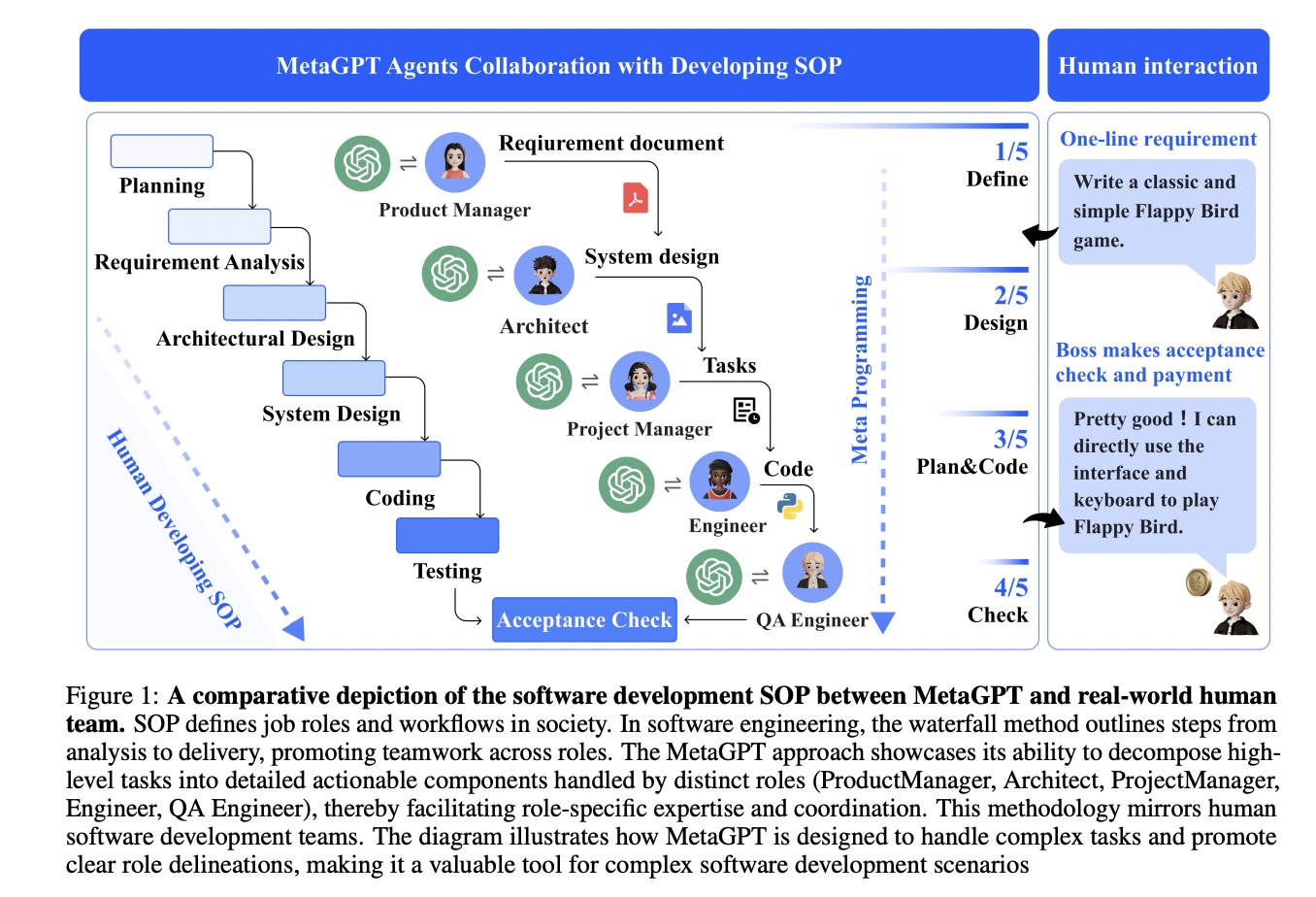
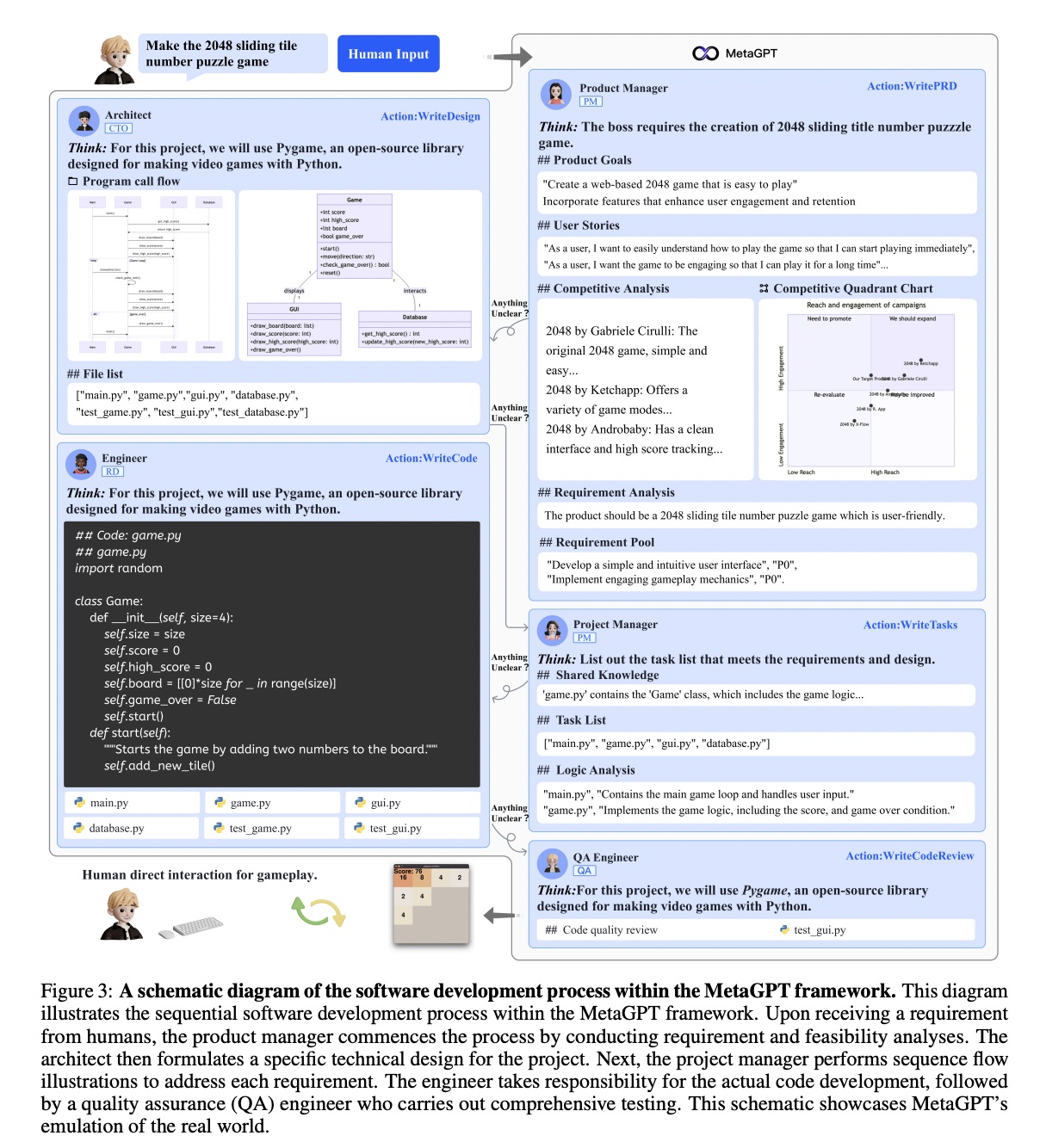
Appendix
Attached are links to the papers or projects + writing of way smarter people like Cameron R Wolfe and Lilian Weng who I’m always eternally grateful for.